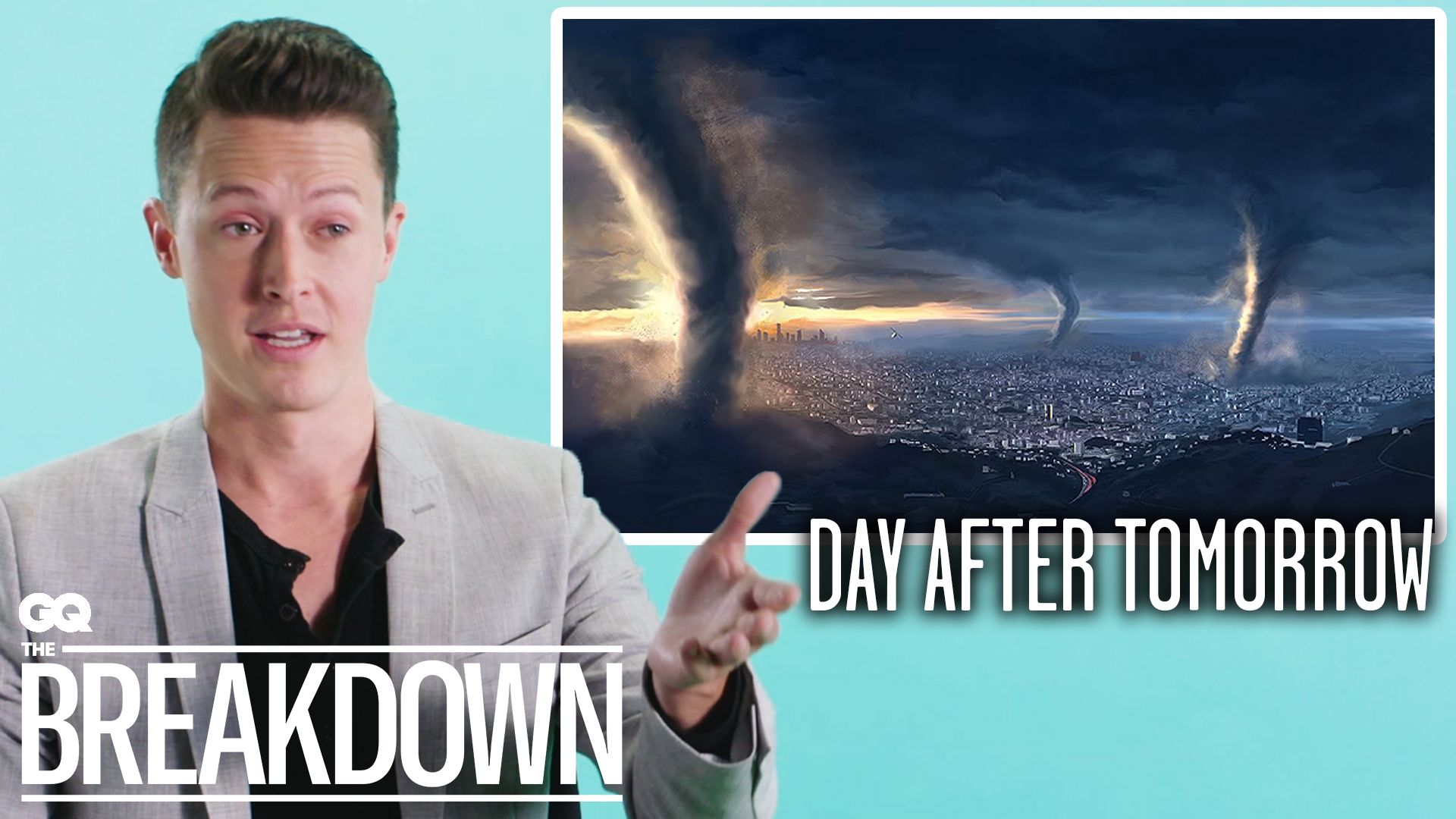Tsunamis and tornadoes are two of the most destructive natural phenomena, but they differ significantly in their physical properties and effects. Tsunamis are giant waves triggered by seismic activity or volcanic eruptions under the ocean, while tornadoes are swirling columns of air created when warm, moist air collides with cold, dry air. Tsunamis have a greater potential for creating long-term environmental damage and health effects due to radioactive contamination and water pollution, while tornadoes can cause significant damage in isolated communities, leading to long-term psychological trauma for survivors. Both pose significant threats to communities worldwide, and emergency plans are essential to protect against them.
Tsunami vs. Tornado: Which Natural Phenomenon Is More Powerful?
Natural disasters can be devastating, causing immense damage that can take years to recover from. Tsunamis and tornadoes are two of the most destructive natural phenomena, occurring in different parts of the world, causing destruction in their own ways. In this article, we’ll compare and contrast tsunamis and tornadoes to determine which natural phenomenon is more powerful.
Overview of Tsunamis and Tornadoes
Tsunamis are giant waves triggered by seismic activity or volcanic eruptions under the ocean. When an earthquake or volcanic eruption occurs, it can cause the movement of water in the ocean, creating massive waves that can travel great distances. Tsunamis can occur in any ocean or sea, but they are most common in the Pacific Ocean, also known as the “Ring of Fire.”
On the other hand, tornadoes are swirling columns of air that rotate violently from the ground to the sky. These deadly storms are created when warm, moist air collides with cold, dry air. Tornadoes can occur in any part of the world, but they are most common in the United States, particularly in an area called “Tornado Alley.”
The Destructive Power of Tsunamis
When tsunamis hit, they can cause significant damage. The force of water can carry large objects like vehicles, trailers, and even buildings. In 2004, a massive tsunami struck the coasts of Indonesia, Sri Lanka, and Thailand, killing over 230,000 people and causing billions of dollars in damages. It was one of the deadliest natural disasters in modern history.
Tsunamis can also uproot trees, destroy crops, and contaminate water supplies. They can displace entire communities and create long-term problems for survivors. The 2011 Fukushima tsunami in Japan caused damage to the nuclear power plant, leading to radioactive contamination and long-term environmental consequences.
The Devastating Power of Tornadoes
Tornadoes are also incredibly destructive, with the ability to level entire towns and cities. They can lift cars and trucks, uproot trees, and cause significant damage to homes and buildings. In 2011, an EF5 tornado struck Joplin, Missouri, killing over 160 people and causing over $3 billion in damage.
Tornadoes can also create long-lasting psychological effects on survivors. The trauma of losing homes, loved ones, and neighborhoods can take years to overcome. Despite improvements in warning systems and evacuation procedures, tornadoes still remain a significant threat to communities.
The Differences Between Tsunamis and Tornadoes
While both tsunamis and tornadoes are incredibly powerful natural phenomena, they differ significantly in their physical properties and effects.
Firstly, tsunamis are often triggered by seismic activity or volcanic eruptions, while tornadoes are created when warm and cold air masses collide. This means that tsunamis can be predicted with some accuracy using seismic monitoring, while tornadoes remain more sporadic and unpredictable.
Secondly, tsunamis can cause long-lasting environmental and health effects due to radioactive contamination and water pollution, while tornadoes typically cause more immediate and physical damage. However, both natural disasters can cause significant psychological trauma to survivors.
Thirdly, due to their physical properties, tsunamis can travel great distances, causing destruction to faraway communities. In contrast, tornadoes are often isolated to specific areas, impacting only nearby communities.
Which Natural Phenomenon is More Powerful?
It’s difficult to determine which natural phenomenon is more powerful, as both tsunamis and tornadoes cause immense damage and loss of life.
However, tsunamis have a greater potential for creating long-term environmental damage and health effects due to radioactive contamination and water pollution. Furthermore, they can travel great distances, impacting faraway communities that may not have warning systems in place.
On the other hand, tornadoes can cause significant damage in isolated communities, leading to long-term psychological trauma for survivors. Despite advances in warning systems, tornadoes remain unpredictable and can cause immense destruction.
In conclusion, both tsunamis and tornadoes are incredibly powerful and destructive natural phenomena. While they differ in their causes and effects, they both pose significant threats to communities around the world. It’s important to have emergency plans in place and to stay aware of weather and seismic activity to protect ourselves from these natural disasters.
